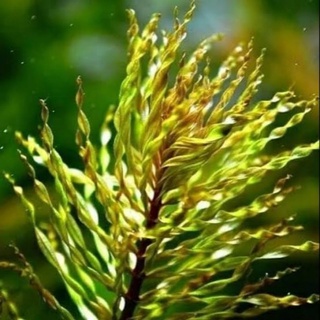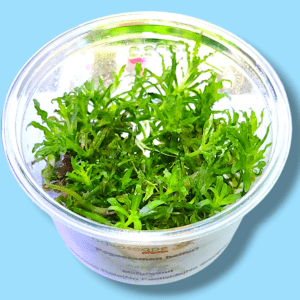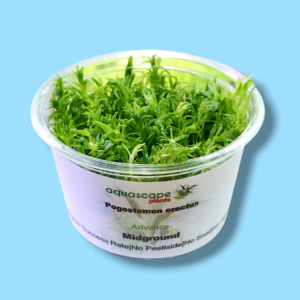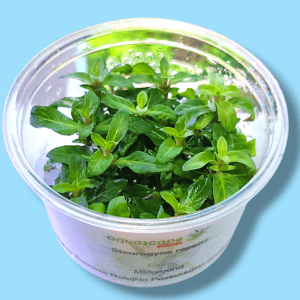Plants, Potted
Ludwigia inclinata verticillata Curly
Ludwigia inclinata verticillata Curly plant is a variant of Ludwigia inclinata var. verticillata, with spiralling submerged leaves growing very densely. It is probably a mutant of L. inclinata var. verticillata ‘Cuba’ that was found in a Vietnamese aquatic plant nursery.
- Uncommon appearance
- Spiraling, very narrow leaves
- Rarely found in trade
| Difficulty | medium |
| Usage | Background, Midground |
| Growth | fast |
| pH value | 4 – 7 |
| Temperature tolerance | 18 – 30°C |
| Carbonate hardness | 0 – 8°dKH |
| General hardness | 0 – 30°dGH |
| Propagation | Cuttings |
| Can grow emersed? | yes |
د.إ24.65 د.إ29.00







